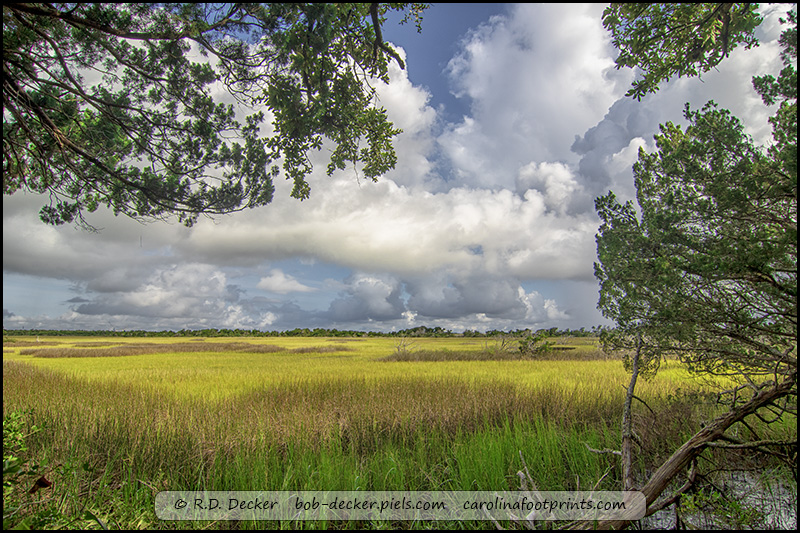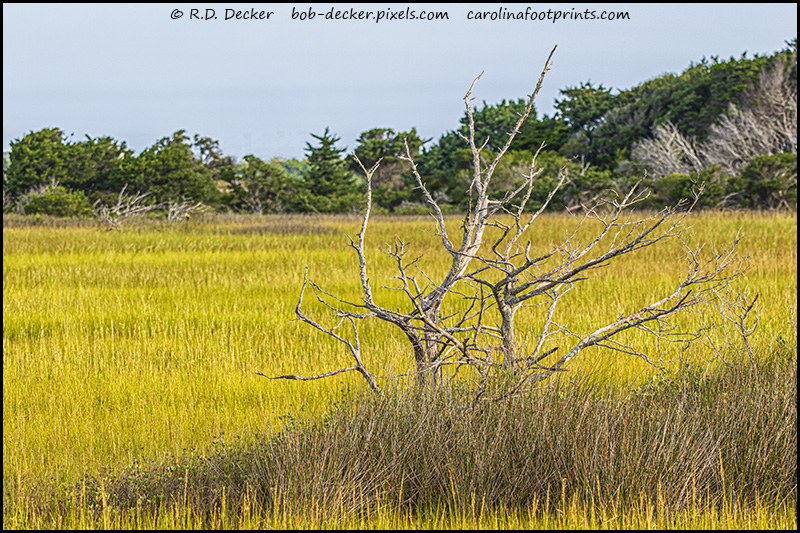I think a lot of photographers overlook wetlands scenes when looking for landscape subjects. The term landscape brings images of majestic mountains, beautiful beaches and sprawling vistas to mind. However, I think the wetlands found along the coast can also make for lovely photo subject matter.
It’s also worth noting that these estuarine environments can be host to a variety of animals. You never know when you might have an interesting wildlife encounter while exploring the salt marsh.
The following are a few recent images taken of the local salt marshes. See what you think.






